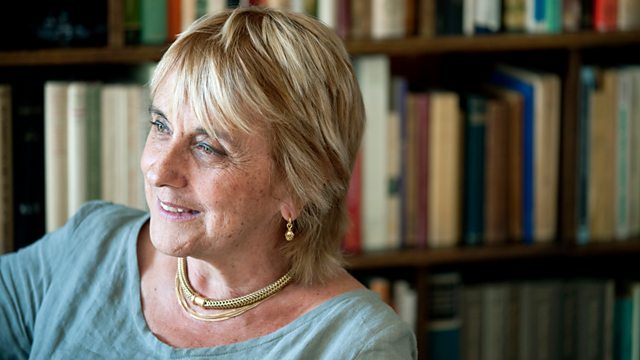Age of the Lab
Lisa Jardine explores how scientists became separated from wider society, as more laboratories were established during the 18th century.
Lisa Jardine explores how scientists became separated from wider society.
Until the end of the 18th century, most scientific endeavour took place in private houses or workshops, often done on a part-time basis by passionate enthusiasts. It was the poet Samuel Coleridge who suggested, in 1833, that men who were neither literary nor philosophers might be called "scientists"; but still there were no public laboratories and certainly no white coats.
The idea that people could be trained in laboratories was pioneered in Germany and it was decades before Britain caught on.
In 1858, an expensive project to lay a telegraph cable under the Atlantic failed; and an inquiry into the failure recommended that Britain needed more men who understood how telegraphy actually worked. Today, the Cavendish Laboratory in Cambridge is famous for a string of Nobel Prize winning discoveries into the nature of the atom and the structure of molecules including, famously, DNA. But it was set up to train more telegraph engineers.
As more purpose-built laboratories were established, complete with petri dishes, test tubes, and bunsen burners, scientists started to be perceived as somehow different from the rest of us. Trained in specialist techniques, they followed their own methods and rules. They became a separate tribe.
Last on
More episodes
Previous
Next
Clip
-
![]()
Victorians "valued" lab-made, artificial products
Duration: 02:13
Broadcasts
- Tue 3 Sep 2013 21:00BBC Radio 4
- Wed 4 Sep 2013 15:30BBC Radio 4
Podcast
-
![]()
Seven Ages of Science
A history of science in Britain from the Restoration to the present day



